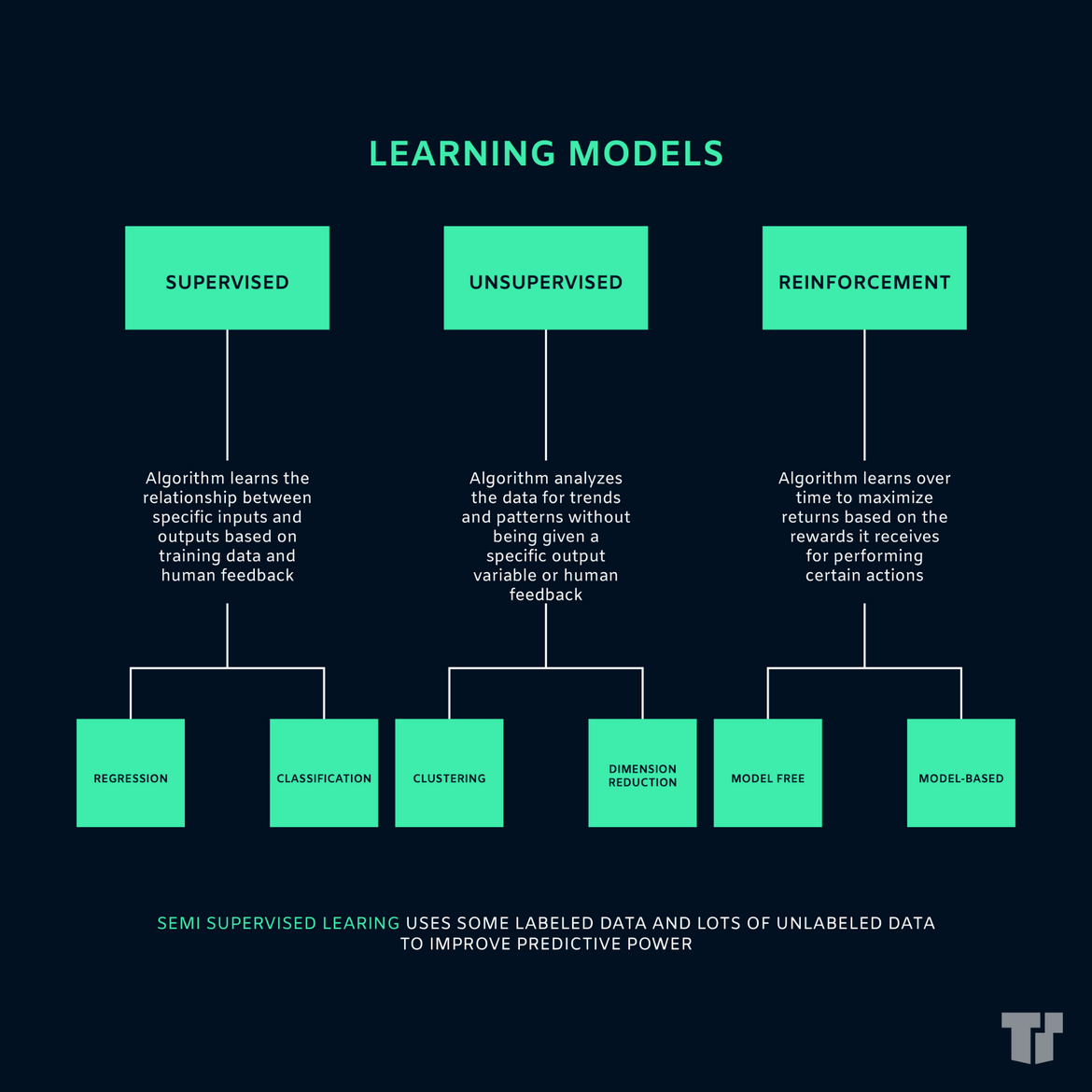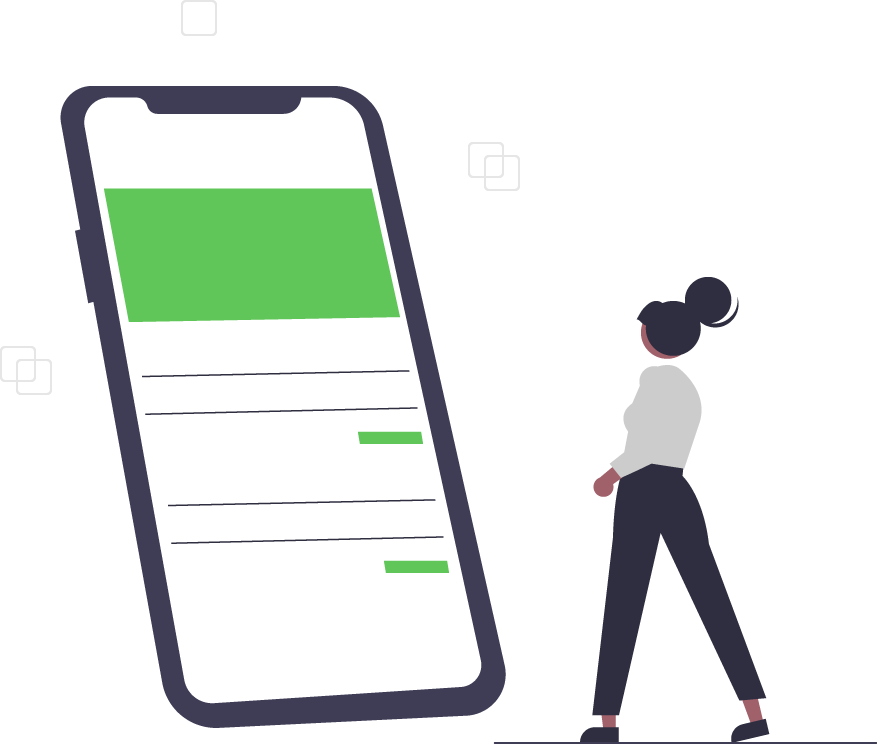Artificial Intelligence & Machine Learning Terms You Need to Know
What is the Difference Between AI & ML?
Though the Artificial Intelligence of great sci-fi and dystopian novels has not quite reached us in 2018, the technology is still a part of our daily lives. Google, Amazon, Microsoft, and Chinese companies like Alibaba and Baidu have been duking it out over who will become the world leader in Artificial Intelligence (AI), while Carnegie Melon just announced the first-ever undergraduate degree in AI.
With these technological advancements, we hear terms such as AI, Machine Learning (ML), Deep Learning (DL), and Internet of Things (IoT) come up more frequently. One of the biggest misconceptions amongst these terms is knowing the difference between AI and ML, as many people consider the terms interchangeable. However, these terms all have distinct meanings of their own, and we are here to help ease the confusion.
This guide is designed to give some broad definitions of AI and Machine Learning. If you are interested, check out these posts on Medium for more depth on Machine Learning and AI examples and Neural Networks, as well as deep learning and synthetic data.
The Difference
To put it simply, Machine Learning is a method of achieving Artificial Intelligence. AI is a broader concept of machines that can carry out tasks we would consider “intelligent.” Machine Learning is an application of AI, based on the idea that when fed data, machines should be able to learn for themselves.
Artificial Intelligence
Machines that can perform tasks that are a characteristic of human intelligence.
- General AI: Contains all characteristics of human intelligence including, but not limited to: planning, learning, reasoning, problem solving, knowledge representation, perception, motion, and possible social intelligence and creativity.
- Narrow AI: Exhibits some form of human intelligence, but is usually focused on one specific task, such as image recognition, without self-awareness or genuine, independent intelligence.
Machine Learning
Process of teaching a computer system how to make accurate predictions when fed data. A less-complex way of achieving AI, without coding complex rules and decision trees.
- Supervised learning: systems are exposed to large amounts of labelled data. Some systems may need to be exposed to millions of examples to master a task.
- Unsupervised learning: tasks algorithms with identifying patterns in data, trying to spot similarities that split data into categories.
- Semi-supervised learning: a mix of supervised and unsupervised learning. Use of small amounts of labelled data and large amounts of unlabeled data to train systems. The labelled data is used to partially train a machine-learning model, and then that partially trained model is used to label the un-labelled data, a process called pseudo-labelling.
- Reinforcement learning: concerned with how software agents ought to take actions in an environment to maximize some notion of cumulative reward. A computer system receives input continuously and constantly is improving.
- Deep learning: neural networks are expanding into sprawling networks with a large number of layers that are trained using massive amount of data.
Learning Models

How do Neural Networks Work?
Neural networks are loosely based on human brain functionality, interconnected layers of algorithms, called neurons, which feed data into each other, with the output of the preceding layer being the input of the subsequent layer.

Deep learning architectures (deep neural networks, deep belief networks and recurrent neural networks) have been applied to fields including computer vision, speech recognition, natural language processing, audio recognition, social network filtering, machine translation, bioinformatics and drug design, where they have produced results comparable to and in some cases superior to human experts.
As companies continue the race to AI, more technologies for Machine Learning development are becoming open to the public. Google Cloud AutoML and TensorFlow, Amazon Sagemaker, and Microsoft Azure Machine Learning Studio are all open-source, Machine Learning platforms where anyone can work to build an AI device, from a home assistant to a bear-identifying machine.
In short, the future is here, and as more companies jump onboard the AI bandwagon, they will need to utilize Machine Learning to the best of their ability.
Trusted Tech Team is an accredited Microsoft CSP Direct Bill Partner, carrying multiple Solutions Partner designations and the now-legacy Microsoft Gold Partner competency. Based in Irvine, California, we report trends affecting IT pros everywhere.
If your organization uses Microsoft 365 or Azure, you may be eligible to receive a complimentary savings report from a Trusted Tech Team Licensing Engineer. Click here to schedule a consultation with our team now to learn how much you can save today.
Subscribe to the Trusted Tech Team Blog
Get the latest posts delivered right to your inbox

